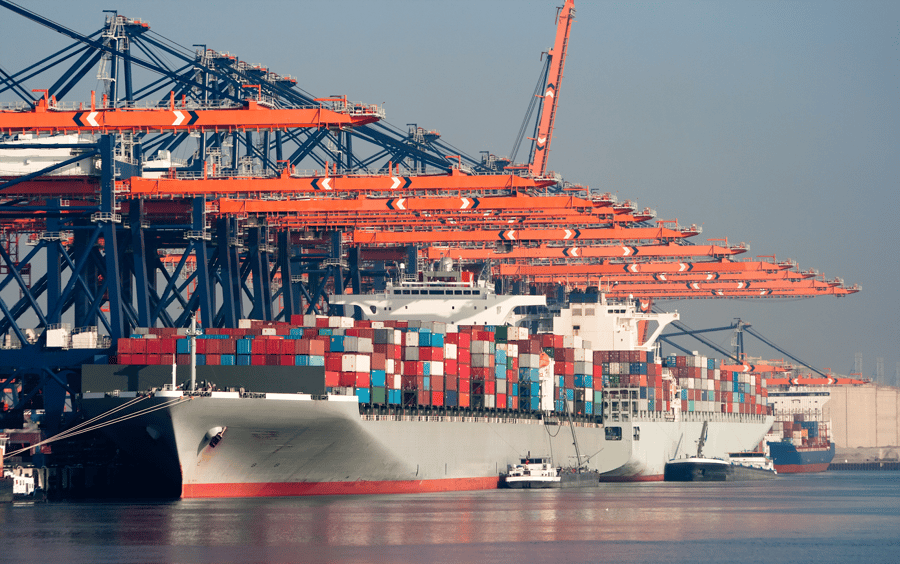-
In addition to the pandemic a dynamic shift is driving significant slowdown in economies and credit patterns
-
Availability of diversified trade finance models, is a key driving force to enable global economies to bounce back
-
Engagement with new financing solutions will be the key for businesses to recover revenues
It might be a crazy question to ask in the middle of an uncertain recovery from the Covid 19 pandemic, but where will the next economic crisis come from?
While the cases of the virus in Europe rise economists everywhere ponder whether or not the “trade war” between China and the United States or Covid 19 will have a bigger impact on future of the global economic growth. Yet it is a critical question to answer if we are to learn any lessons at all from the previous global finance crisis and to avoid turning a recession into a credit squeeze on a similar scale.
Viewed historically, right after the 2007-08 crisis, many banks moved their operations to Asia, as the sub-continent was less entangled in the crisis and therefore significant growth was seen in that side of the world. However, soon in 2012, slowdown was again seen, primarily due to the Euro zone crippled by its own credit crisis, and oil prices impacting trade flow patterns globally.
Therefore, economies over the years have been widely impacted due to the shift in trade patterns and hence the shift in the dynamics of credit lending across the markets, as these are the most vulnerable to any external shocks.

2020 - What is driving this economic slowdown?
Firstly, global businesses in sectors mainly retail, hospitality, aerospace and commodities are facing much wider challenges. These companies mainly rely on traditional forms of trade finance driving their business models. However, with supply chain patterns seen to be disrupted, businesses shrinking, traditional finance can be an expensive option as banks seek to recover their own revenues through higher margins.
Secondly, the sectors that are doing well through the pandemic, technology and pharmaceuticals for example, are also the ones that are caught in the crossfire of the US-China “trade war.” Therefore, amidst this uncertainty, banks are operating in a much more restrictive manner, which undoubtedly could further reduce the availability of credit /deals going around.
Finally, the businesses who are most likely to see their revenues affected by the Covid-19 downturn are the businesses further down the supply chain i.e. suppliers to large corporates who have traditionally used banks as their sources of finance.
It is estimated that there is a $1.5tn trade finance gap for suppliers, substantially higher than 2020. The result is that these suppliers cannot supply on time due to cashflow preventing them from re-starting operations, while their clients or buyers will have resultant disruptions impacting their revenues.

A survey by the United Nation’s International Trade Centre (ITC) suggests that two-thirds of the micro and small firms reported the crisis had strongly hit their operations and about one-fifth are on verge of shutting down their operations. The plethora of ESG initiatives across large corporates has largely ignored this social and economic impact of poor access to working capital.
However, despite the need for trade finance to bolster this key segment, this is a group of businesses that are seen as unviable for the banking sector because of their reduced revenues, lack of credit rating, , and on-boarding costs making it even more difficult to lend to these suppliers.
Trade Finance /Supply Chain Finance to the Rescue
Trade is essential to the economic recovery and availability of credit is vital for sustainable growth over the longer term. Access to capital by suppliers is also essential if corporates, at the bequest of their institutional investors are to effectively implement ESG strategies.
With trade credit insurance falling out of the spectrum, with no insurance available; with the banks finding it difficult to on-board new businesses; the importance of diversifying sources of working capital with services such as Crossflow who connect supply chains to alternative sources of trade finance will be imperative to the growth of the economy, and revenue growth for corporates and suppliers alike.

Crossflow can assist in the providing the optimal financing solution, backed by technology which can seamlessly integrate with a corporates supply chain model, allowing suppliers to register themselves on a real-time basis and connect to a truly diverse marketplace for trade finance.

Tony Duggan is co-founder and CEO of Crossflow. He served as Supply Chain Director at Wickes and B&Q prior to serving as Product Development Director at SWIFT, the global banking network. He also managed an outsourced fintech development project for HSBC in Hong Kong.





